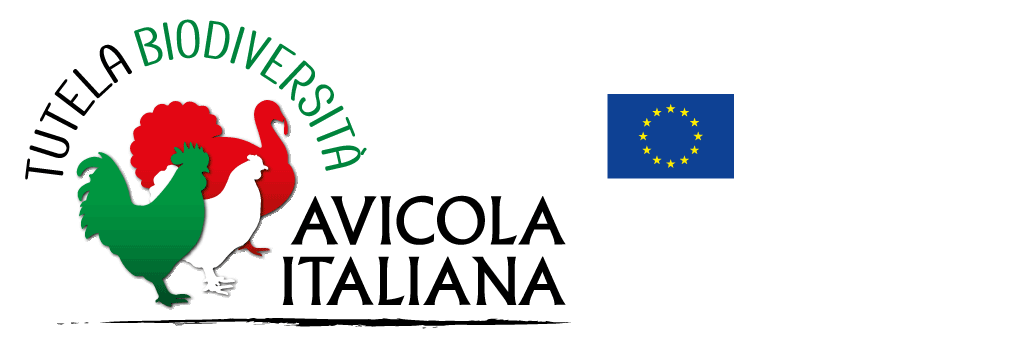Action 4 – Assessment of conservation indexes, mating plans and breeding management
Genetic conservation indexes will be produced to set breed conservation priorities (UniPD).
Moreover, individual genetic indexes are planned to be introduced in order to set the priorities in the selection of male breeders for natural mating and/or semen production, to identify new family lines finalised to the establishment of new conservation nuclei, and to schedule mating plans to minimise kinship and preserve biodiversity (UniTO).
To see the results from the first TuBAvI project, click here.
Action 4 – TuBAvI (2017-2020): results
Genetic diversity indexes (UniPD, UniPG)
SNP molecular marker genotyping (600K) was performed in 15 Italian autochthonous chicken breeds. The analyses of the results allowed to estimate several genetic diversity indexes for the following breeds:
Ancona, Bianca di Saluzzo, Bionda Piemontese, Ermellinata di Rovigo, Livorno (two liveries: White and Black), Mericanel della Brianza, Millefiori di Lonigo, Mugellese, Padovana (three liveries: Silver, Camosciata, Golden), Pepoi, Polverara (two liveries: White and Black), Robusta Lionata, Robusta Maculata, Siciliana, and Valdarnese Bianca.
The indexes were calculated by the Partners UniPD and UniPG; all the Partners contributed by providing the biological samples.
Genetic diversity indexes: glossary
He (expected heterozygosis): it shows the probability that a random subject within a population, that is in accordance with the Hardy-Weinberg equilibrium, is heterozygous for given traits; Ho (observed heterozygosis): it shows the real heterozygosis rate within the population for each allelic locus taken into consideration. Ho and He allow to analyze variability within the breed.
FHOM (inbreeding coefficient based on excess of homozygosis): it shows the fraction of individuals within a population with homozygosis variant. The more it tends to 1, the higher is the homozygosis.
FROH (inbreeding coefficient based on ROH presence): inbreeding coefficient estimated on the basis of the presence of continuous homozygosity regions in the genome (ROH, Runs of homozygosity). FROH shows the proportion existing between total length of ROH in an individual genome and total length of the genome covered by the SNPs used for genetic characterization.
Individual genetic diversity indexes and kinship indexes: glossary
H-indiv (Individual genetic diversity index): it ranges from 0 to 1; higher values reveal an higher genetic diversity of the individual. Individuals with higher H-indiv are to be preferred when breeders are chosen.
P (Average kinship index): it ranges from 0 to 1. Individuals with lower P are to be preferred when breeders are chosen.
Pf (Familiar kinship index): it ranges from 0 to 1 and it is calculated for each male by taking into consideration the mating with different female lines. Choosing breeder males with high H-indiv and low Pf allows to minimise kinship and maximise genetic diversity in the conserved breeds.
Individual genetic diversity indexes and kinship indexes (UniTO, UniPD and UniPG)
Nucleus populations of 7 chicken breeds underwent genotyping with microsatellite molecular markers. The analyses of results allowed to evaluate individual genetic diversity indexes and kinship indexes in the following breeds:
Bionda Piemontese, Bianca di Saluzzo, Livorno, Siciliana, Mugellese, Valdarnese, Mericanel della Brianza.
Indexes were calculated by UniTO in collaboration with UniPD and UniPG. All Partners were involved providing biological samples.
